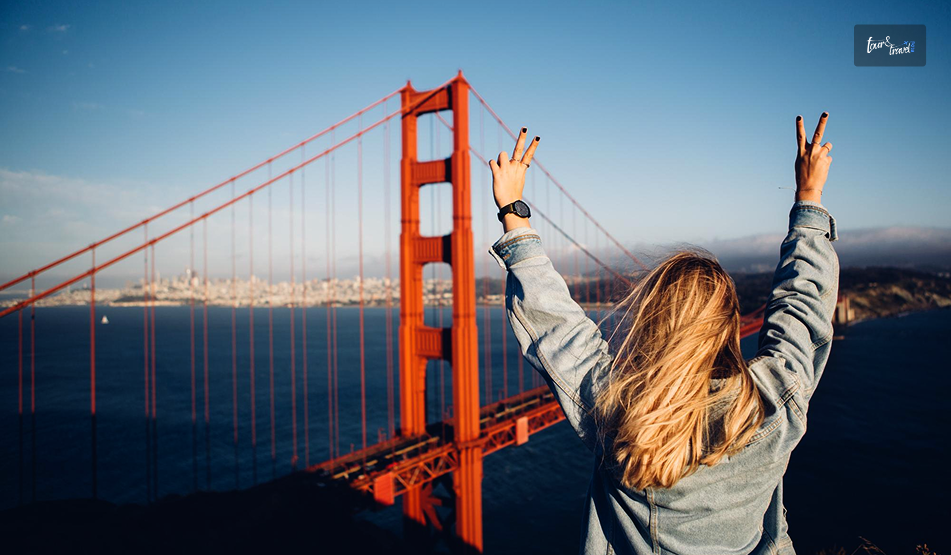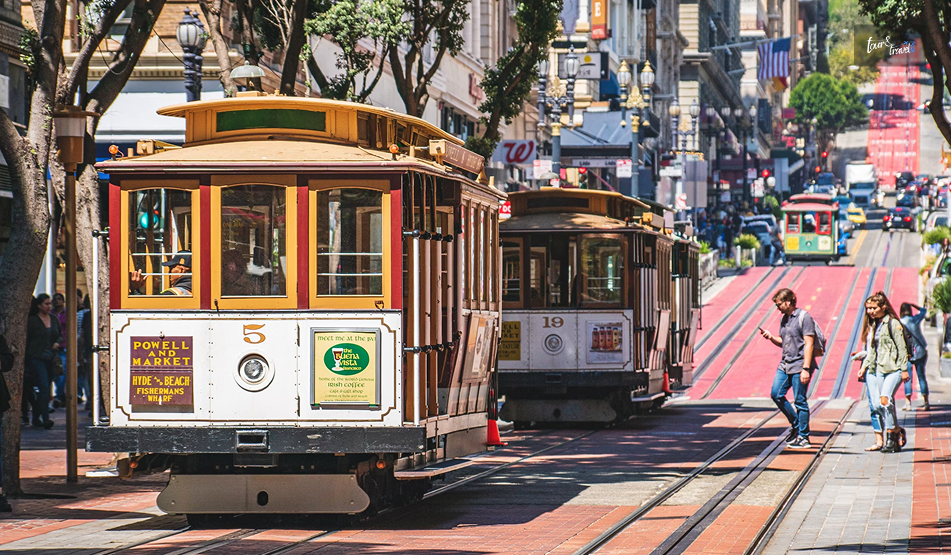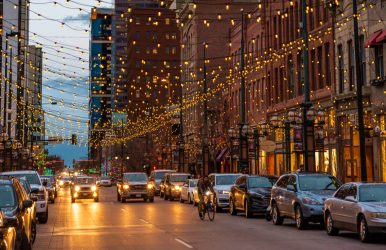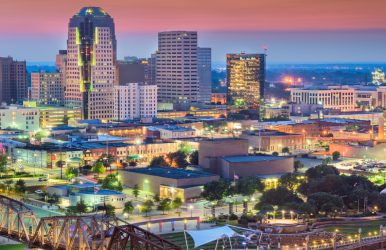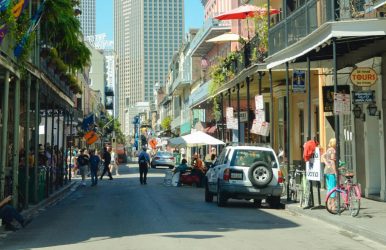Free And Fun Activities In Denver For Adults: Mark The Dates For Upcoming Events
BY Sibashree Dec 11, 2024
The art and cultural landscape of Denver is thriving. Also, there are many free and fun activities in Denver for adults willing to know about the culture of this Colorado City. Further, if you are in Denver in winter, exploring the wildlife will be the best for traveling on a shoestring. Especially during the winter months (November to April) you will get to see many birds. Hundreds of migratory birds visit this part of the world in this season. The most popular species among them are finches, woodpeckers, siskins, and jays. However, you can begin the cultural activities in Denver for adults with a free walk and gazing at the festive winter lights. Also, in winter, there are some seasonal events that you can attend for free. So, at Tour and Travel, we have curated some free and fun activities in Denver for adults this winter. Let’s have a look. Cultural Fun Activities In Denver For Adults | Try These Things For Free Art and culture have always been crucial for the tourism landscape of Denver. In 2022, these registered an economic activity of $2.6 billion in the Denver metro area. Further, with destination marketing organizations (DMOs) like Visit Denver, the landscape is only going to improve. The result is already clear, with the tourism revenue in Denver reaching $10.3 billion in 2023. Being a budget-friendly destination of course, helps in this tourism boost after the Covid-19 scenario. In fact, Denver is more budget-friendly as a travel destination compared to other metros in the Rocky Mountains. So, no wonder many fun activities in Denver for adults are free and budget-friendly. And these activities even include visits to the popular museums of the city. So, let’s mark the dates now. 1. Visit The Denver Museum of Nature & Science Address: 2001 Colorado Blvd, Denver Phone Number: +1 303-370-6000 Visit for Free: 8th December, 18th November, etc. Currently, the Denver Museum of Nature & Science has programs like “The Power of Poison,” and “Animals of the Rain Forest.” Further, the museum has permanent exhibits like gems and minerals, Egyptian mummies, prehistoric journeys, and the Space Odyssey. Further, the dioramas at the Wildlife Halls are fascinating. Moreover, the museum has the only “Konovalenko gem sculptures on public display outside of Moscow.” So, if you are interested in Russian folklife, a visit to the museum will be great for you. 2. Visit The Museum of Contemporary Art https://www.instagram.com/p/DDINAi_sA0N/?img_index=1 Address: 1485 Delgany St, Denver, CO 80202, USA Contact Number: +1 303-298-7554 Visit for Free: Penny Saturdays or the First Saturday of Every Month Though not completely free, a visit to the Museum of Contemporary Art is one of the most fun activities in Denver for adults. You just need to pay one penny to enter the museum on those Saturdays. However, entry is free for children and young adults up to 18 years. The Museum of Contemporary Art is a wonderful place to find a fusion of Denver’s cultural tradition and the works of contemporary artists. Further, VR Art is one of the main attractions of this museum, making the experience more interactive for visitors. Moreover, the museum keeps hosting world-class exhibitions for people across all age groups. The ongoing and upcoming events to attend at this museum are: Brendan Fernandes: Within Seeing (26th October to 8th December 2024) Ronny Quevedo: at the line (7th-8th December 2024) Black Sheep Fridays: XXX-Themed Holiday Craft Making (13th December, 2024) Siren (20th December 2024) Laura Shill: Working On Myself (6th October 2024 to 19th January 2025) 3. Skating At Downtown Denver Rink https://www.instagram.com/p/CzuXXCZOa39/ Date: 21st November 2024 to 2nd February 2025 Venue: Skyline Park, 1601 Arapahoe St, Denver The Downtown Denver Rink once again has become a winter wonderland. Skating, one of the most adventurous fun activities in Denver for adults, is free here. You can even take skating essentials on rent here. Hours of operation are different on each day of the week. For example, from Monday to Saturday, the Downtown Denver Rink will remain open between 10 AM to 10 PM from 24th December 2024 to 5th January 2025. However, on Sundays, the hours of operation will be 11 AM to 6 PM. Further, the timing will change from 6th January to 2nd February 2025. Then, the timing will be: Monday to Thursday: 1 AM to 5 PM Friday to Saturday: 1 AM to 10 PM Sunday: 11 AM to 6 PM Do You Know?Are you a Swiftie? Come visit the Downtown Denver Rink for free on 13th December 2024. You can enjoy skating here while singing “Happy Birthday to You” to the “Mother” along with fellow Swifties.Further, 24th January will be a fun day at Downtown Denver Rink if you are a Disco fan. With a pumping heart, you can enjoy skating here while listening to the hits of the 70s and 80s. 4. Be A Part of The Light the Lights https://www.instagram.com/p/C1SD1j0OB4l/ Date: November 27, 2024 - January 26, 2025 Venue: Civic Center Park, 101 W. 14th Avenue, Denver See Denver shining bright with festive light by being a part of the Light the Lights. Except Monday, this show will take place between 5:45 to 6:45 PM. Further, there will be no show on 7th and 21st December. Light the Lights is a well-choreographed music and light show spanning around 8 minutes. However, the City and County Building will remain lit with static lights up to 10: 45 PM. Being one of the most fun activities in Denver for adults, Light the Lights is also popular among kids. 5. Attend The Mile High Holidays Drone Show https://www.instagram.com/p/DDH3LdMxRzQ/ 2024 Date: 22nd November to 31st December Venues: Sculpture Park at the Denver Performing Arts Complex, Ball Arena, etc. The Mile High Drone Show is one of the major draws for the festive season in Denver. It amazes with animations and festive visuals. Further, this 15-minute spectacle depicts the Denver Union Station, Mile High Tree, and other iconic landmarks of the city. The Mile High Holidays Drone Show also has some special displays on days like the 25th and 31st of December. This year, the special performance on the 25th will begin at 7 PM, and on the 31st, the show will start at 5:30 PM. So, it’s time for you to see the Denver sky come alive with the Mile High Holidays Drone Show for free. Also read Unique Things To Do In Tulsa: Into The Land Of Art Deco Architecture. Things to Do in Greenville, SC For Adults: Paranormal Walk And Food Tourism. Free And Cheap Things To Do In Phoenix, Arizona | Phoenix Travel Guide On A Shoestring.

